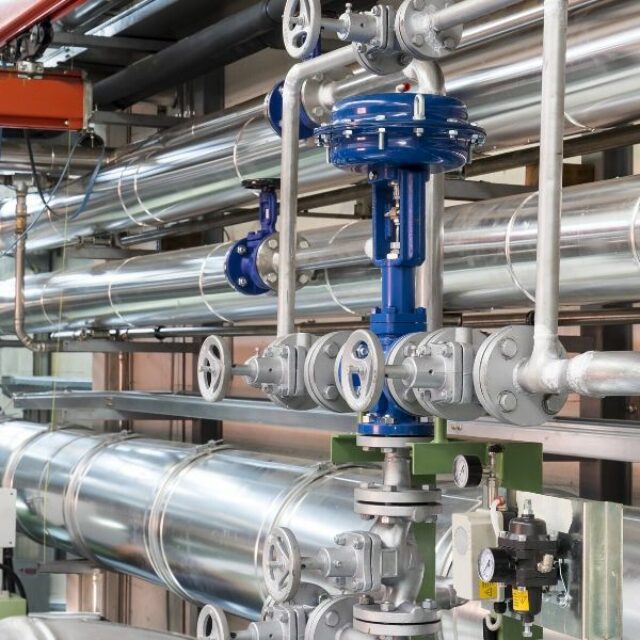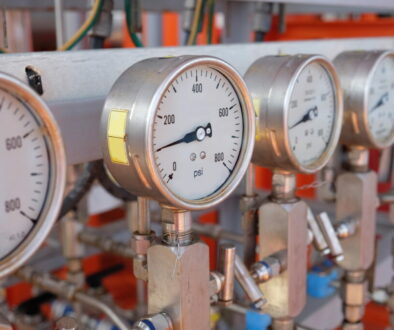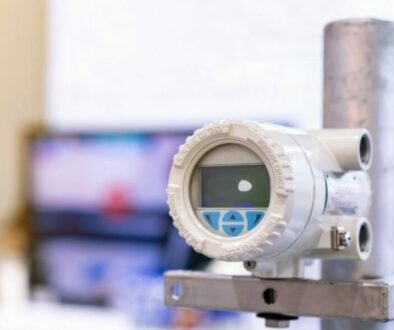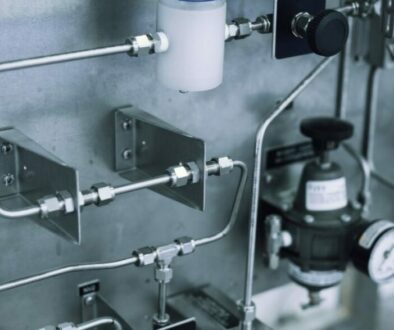A Brief History of Mechanical Ventilation Systems
Mechanical ventilation systems, also known as respirators, got a lot of press in the early part of 2020. The coronavirus had policymakers and the medical field scrambling to find enough to help fight the virus and keep Americans safe from the dreaded virus. Mechanical ventilators date back to the early 1800s in the form of negative pressure ventilation devices. Positive pressure devices became available around 1900, and today’s standard intensive care unit ventilator didn’t take shape until the 1940s. To better understand how it came to be, here’s a brief history of mechanical ventilation systems.
Negative Pressure Regulators
Throughout the 1800s and into the first half of the 1900s, the negative pressure ventilator was the predominant mode for giving patients ventilatory assistance. This first generation of ventilator was a full-body one that was called a “tank ventilator.” It was comprised of an airtight box, with the patient maintained in the seated position. The negative pressure was created by pumping air into the box. There was a large pressure gauge on the machine to monitor the extent of the negative pressure in the device. This kind of ventilation came to the forefront with the development of the “iron lung” and how it helped fight polio from 1930 to 1960.
Positive Pressure Noninvasive Ventilation
This is the process of breathing or introducing air directly into the lungs. The first positive pressure ventilators were invented in 1780s and were little more than a face mask and a bellows. A similar device is still used today in emergency situations when mechanical ventilation isn’t available. Several iterations of positive pressure ventilators came and went over the years. They are credited with saving thousands of lives, but they were never considered a long-term solution. They require constant monitoring and are practical in a clinical sense.
Positive Pressure Invasive Ventilators
Ventilators designed for positive pressure invasive ventilation were available in the 1940s. These were different because they were invasive to the patient. Meaning that an incision of some kind had to be made on the patient in order for the machine to work and breathe for them. The key feature of the early machines is that provided only volume control ventilation. Also, patient-controlled ventilation wasn’t possible with these first-generation machines. As they developed and the technology advanced, manufacturers started integrating digital controls, proportional control valves, and remote monitoring. These advances allowed hospital staff to set the air flow on the ventilator and only check on the patient periodically, rather than constantly.




